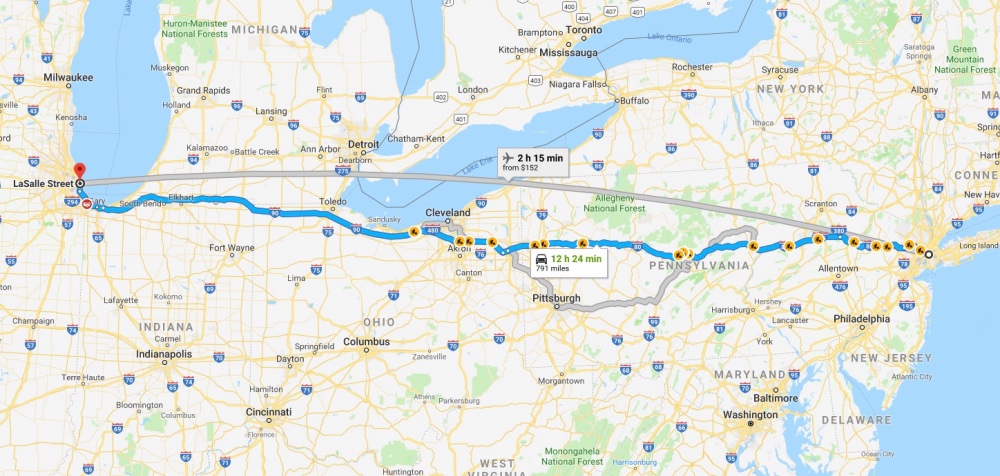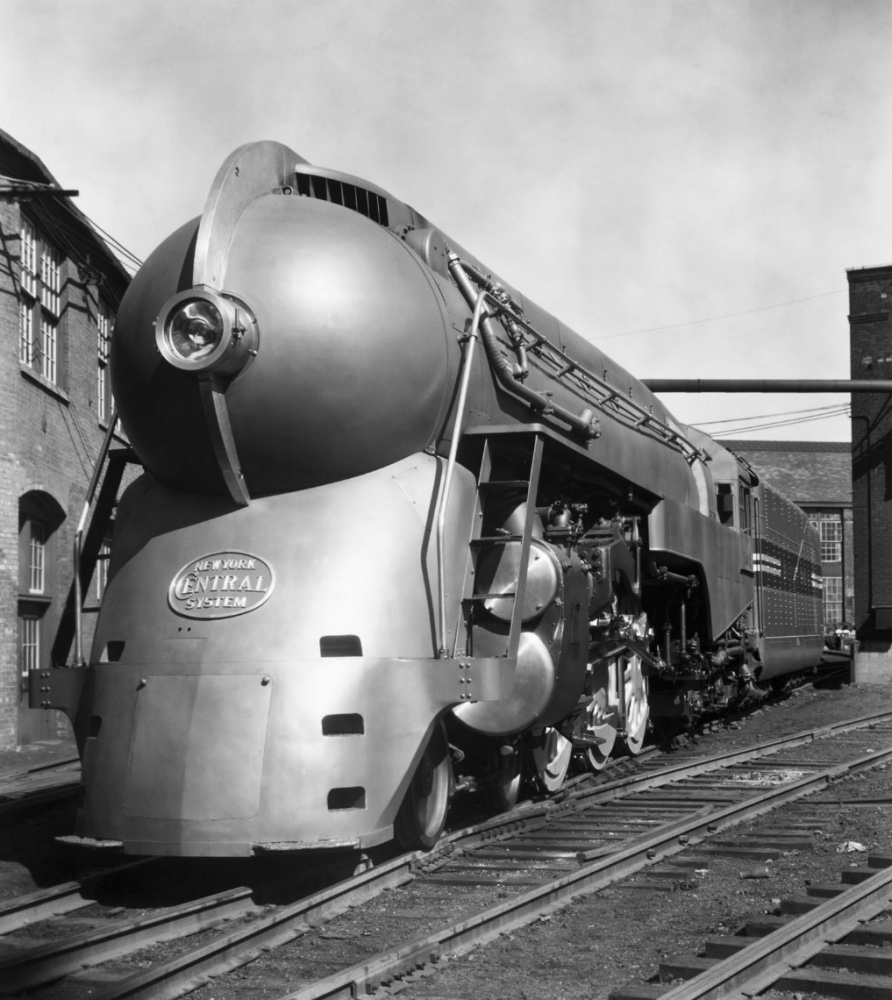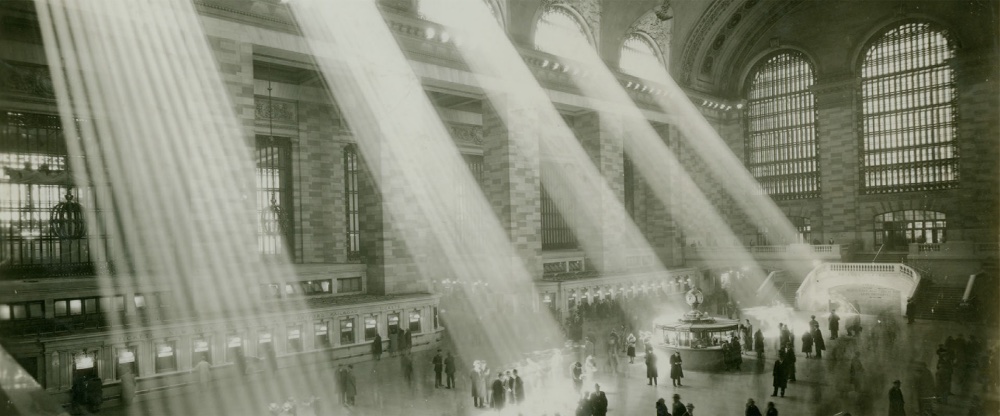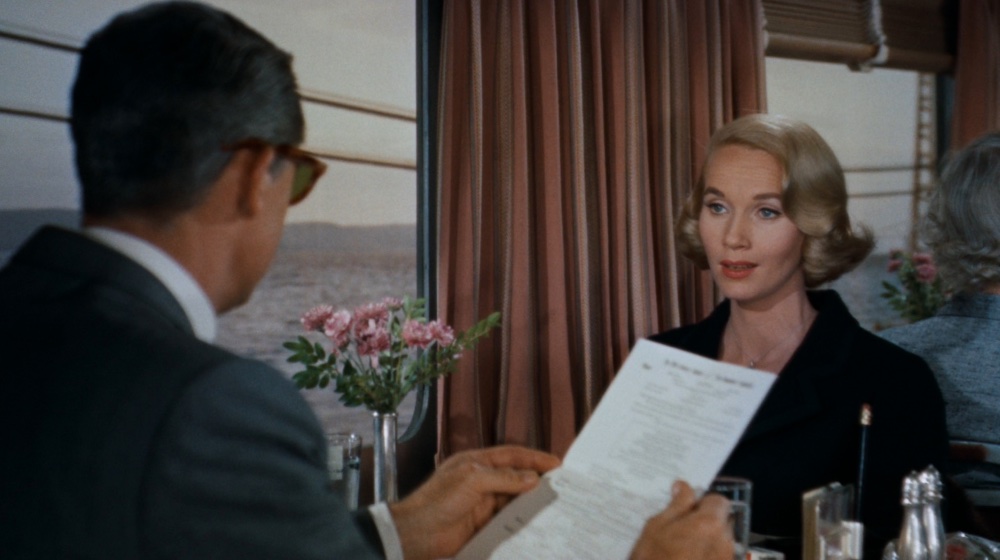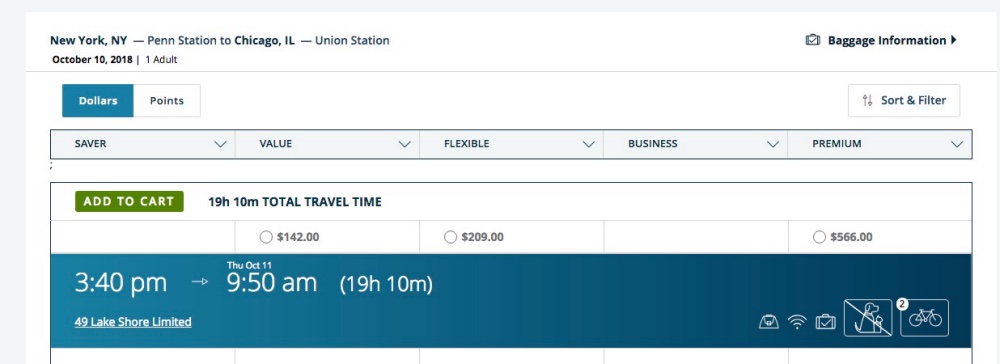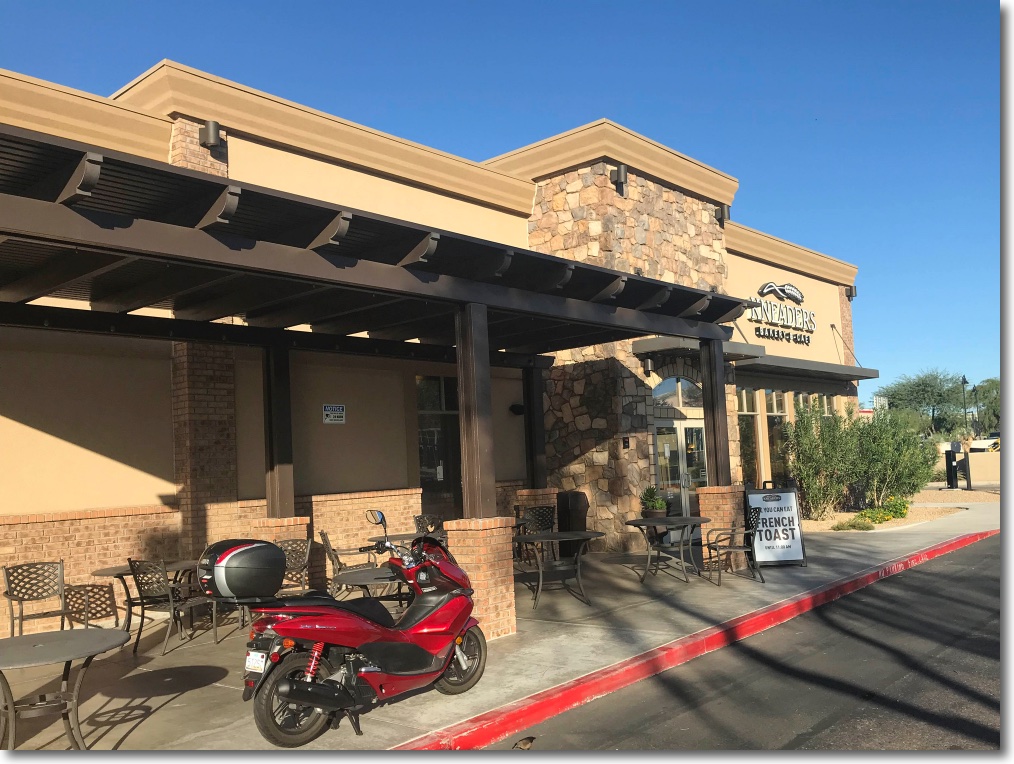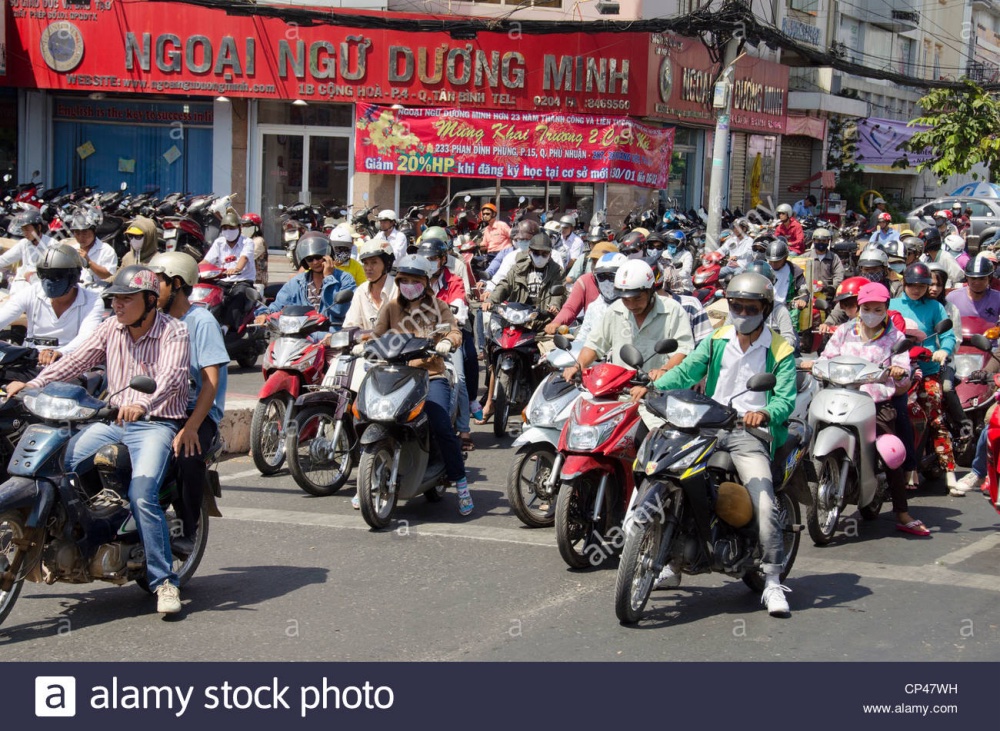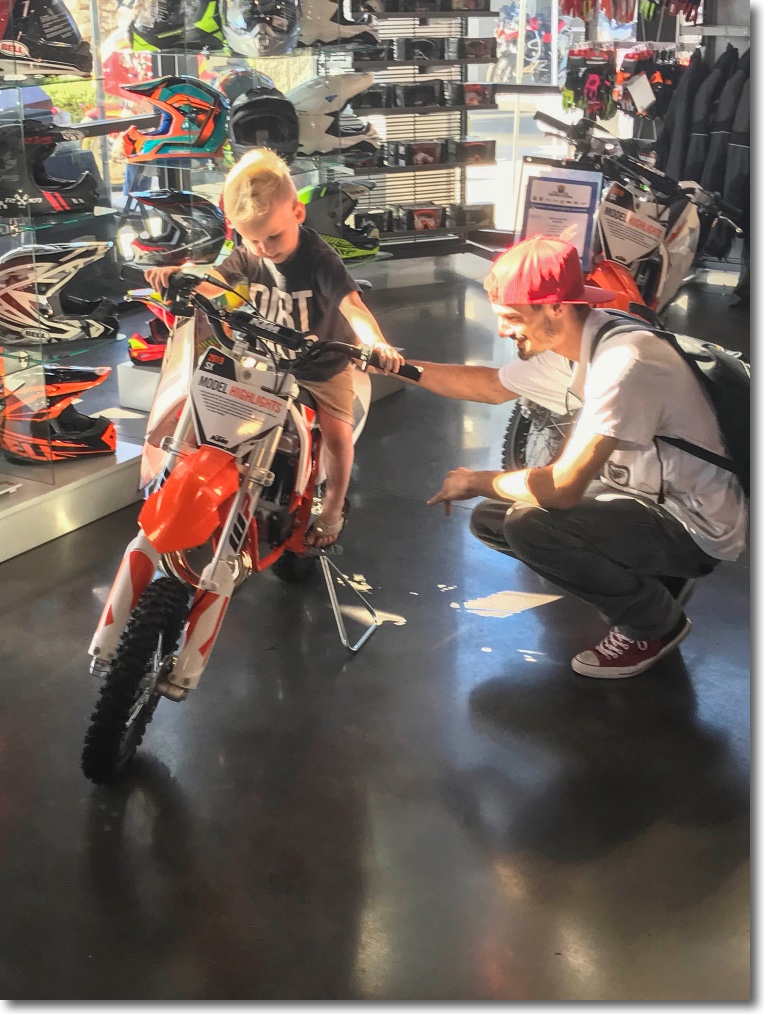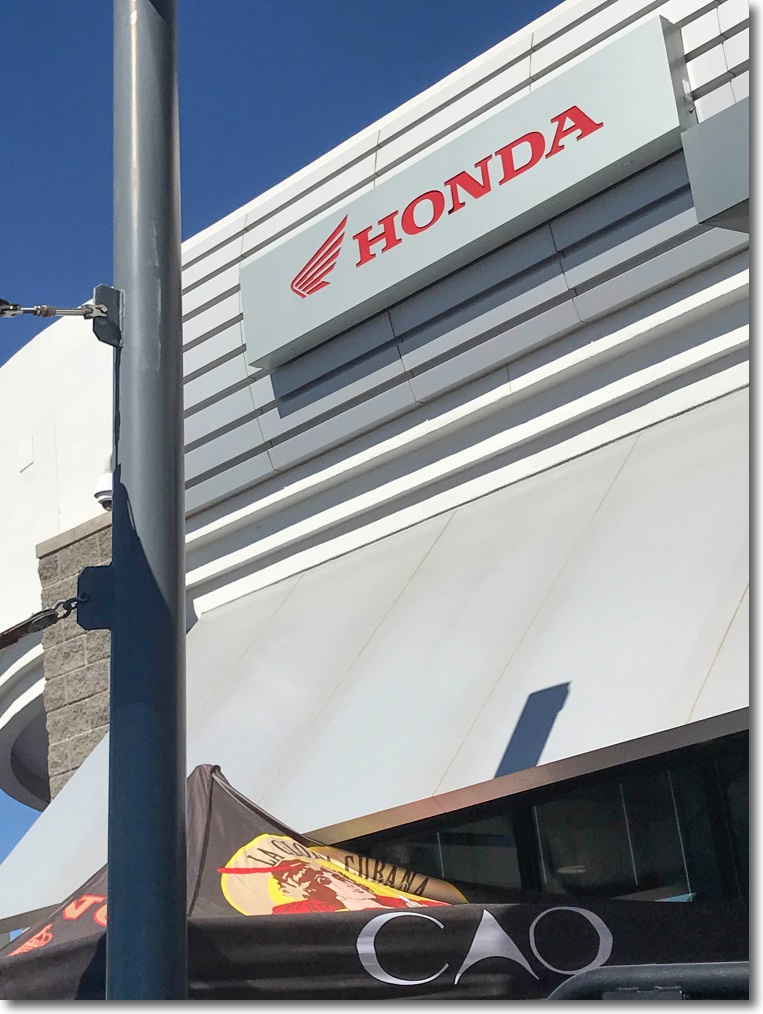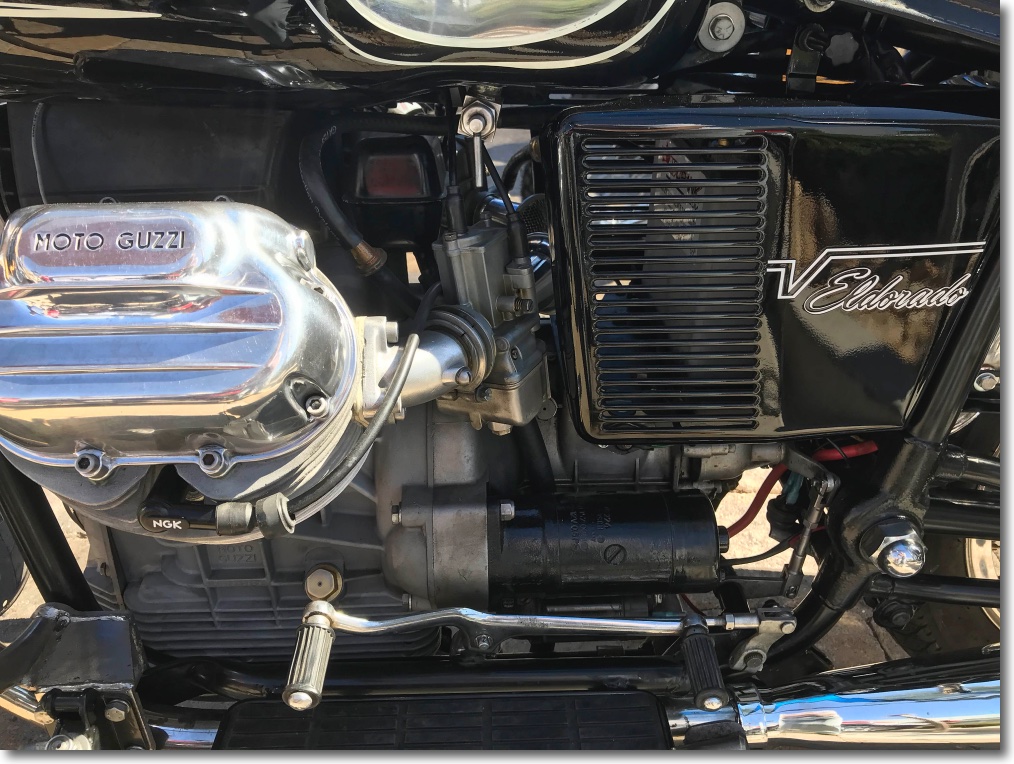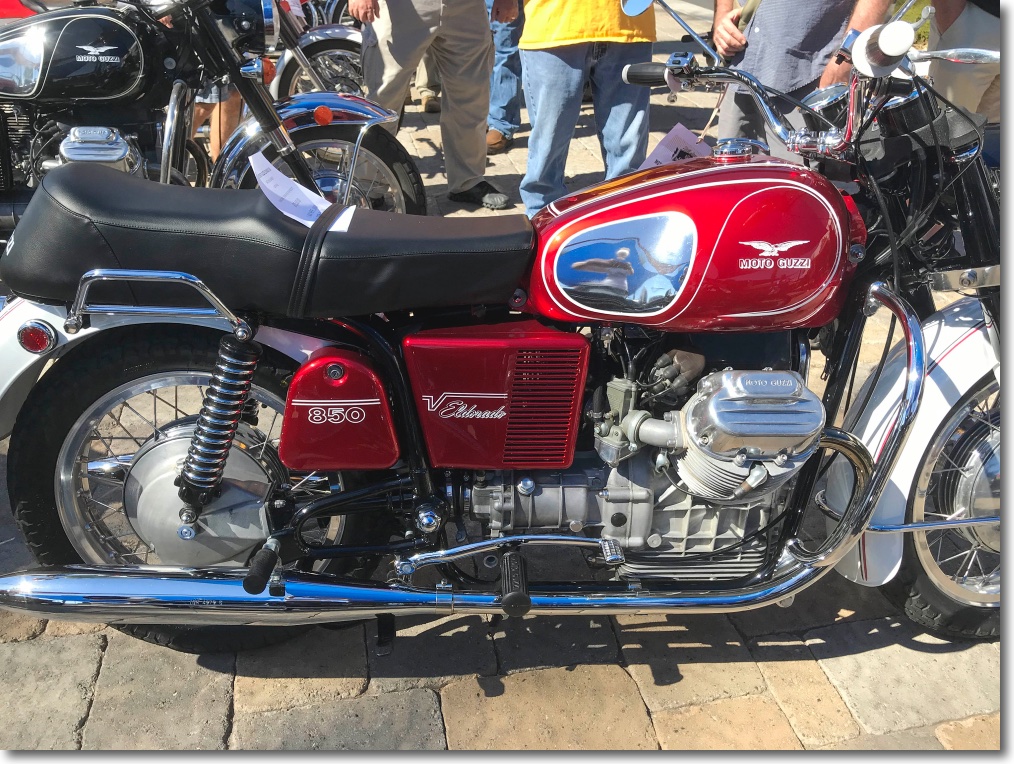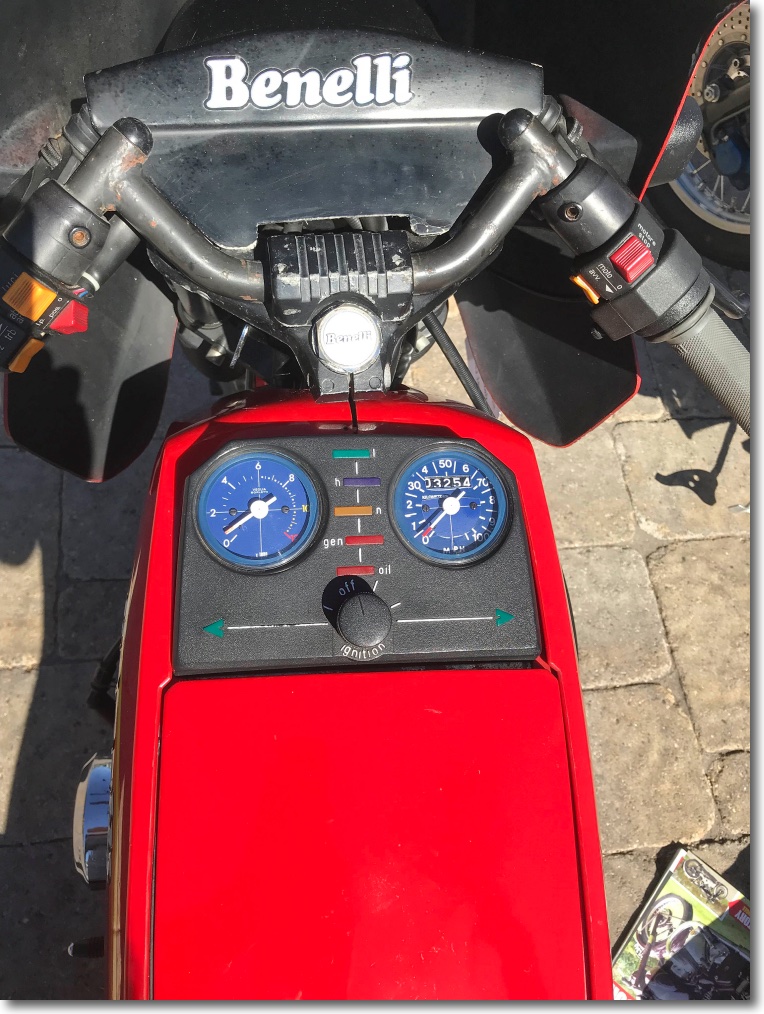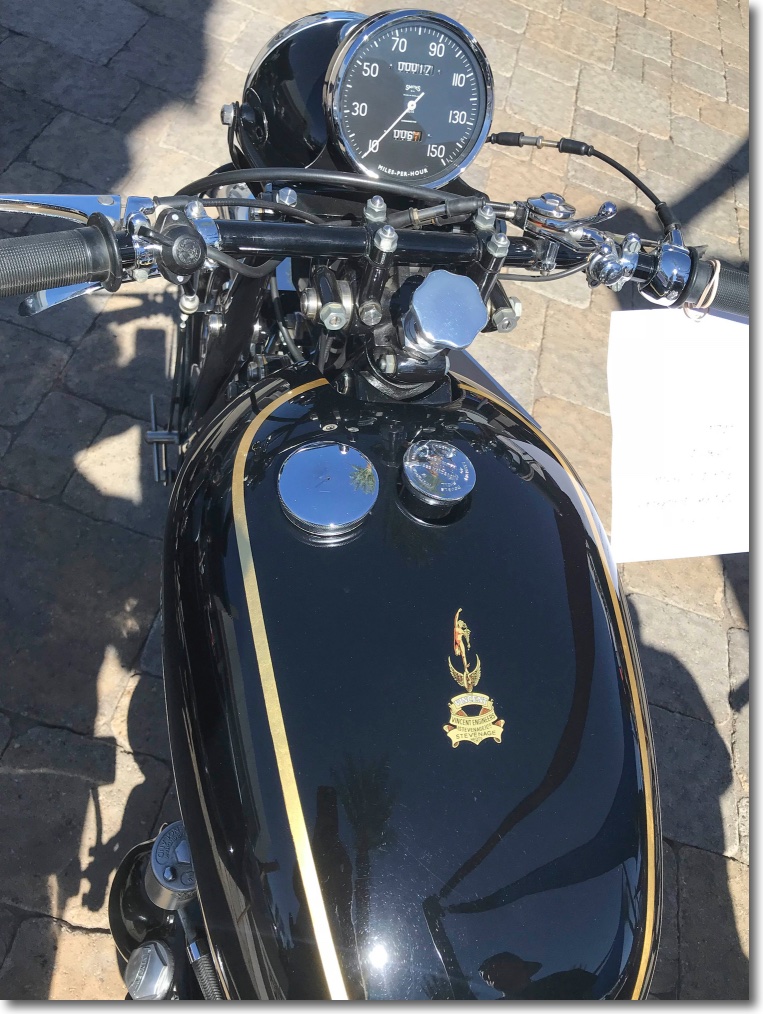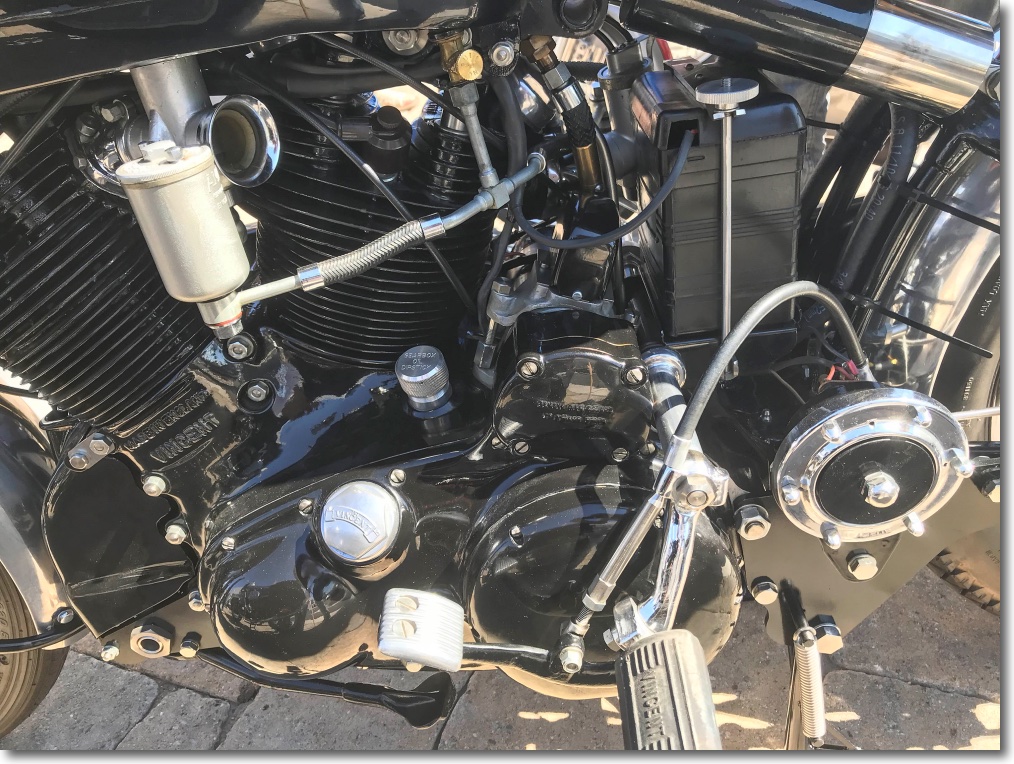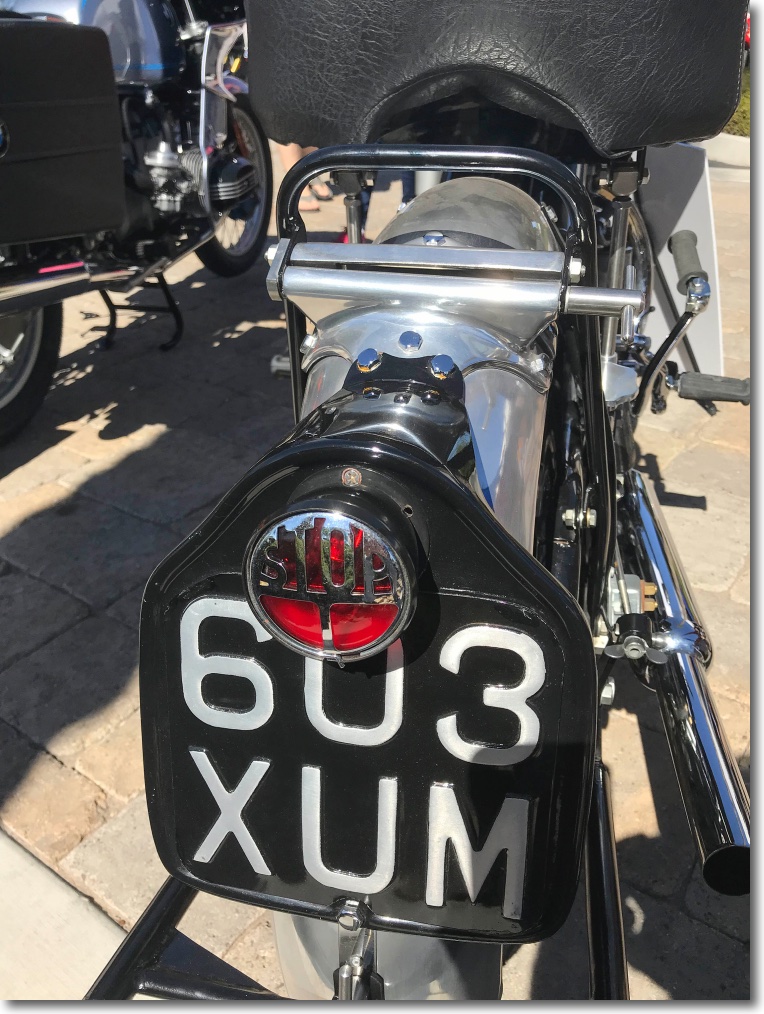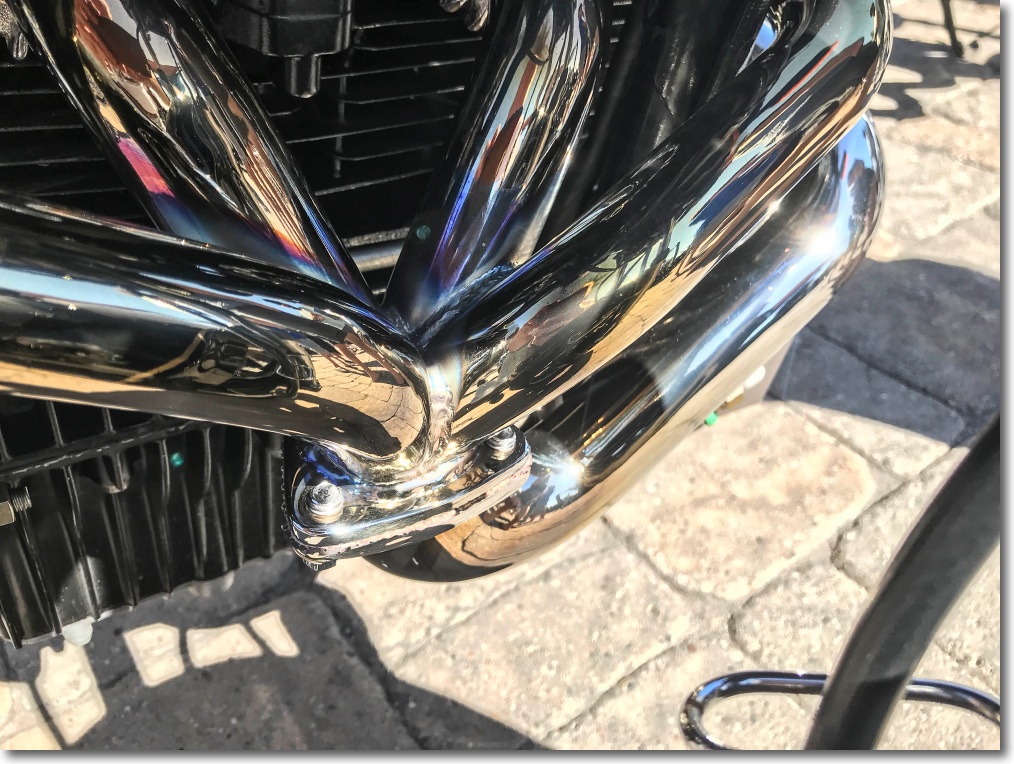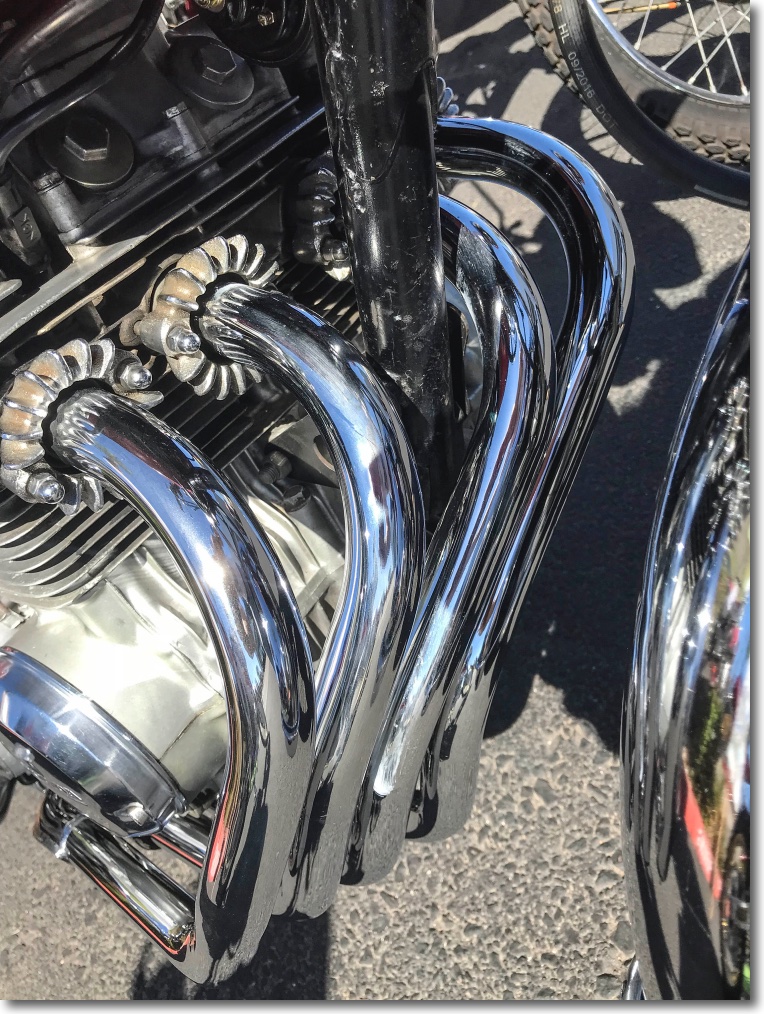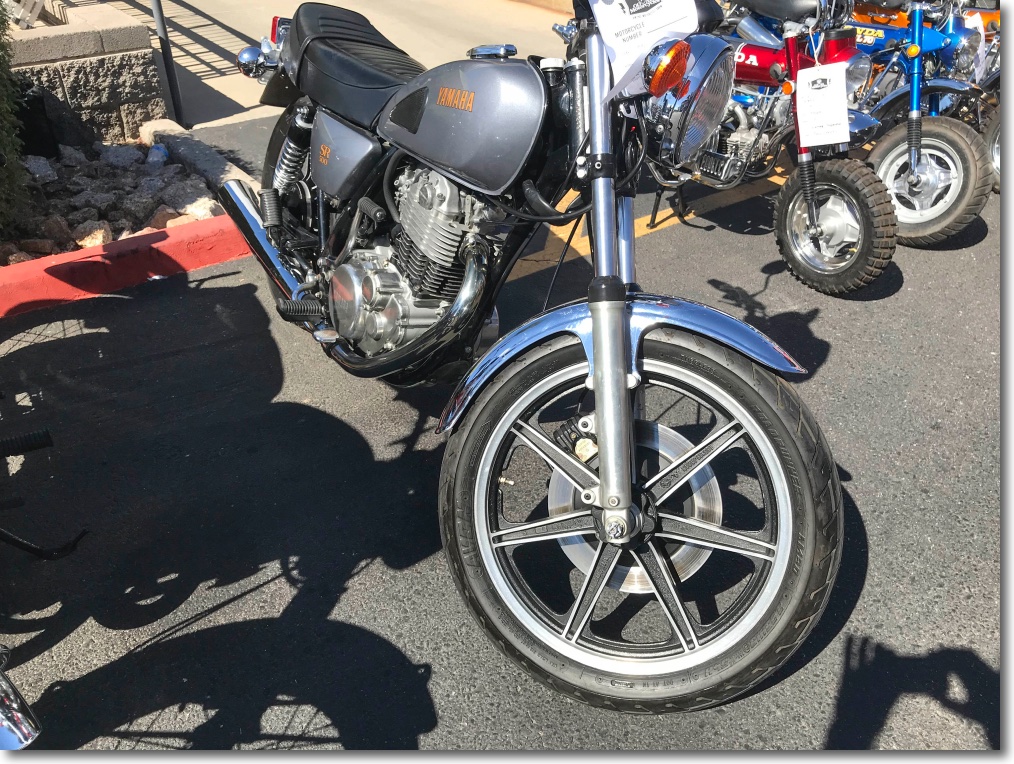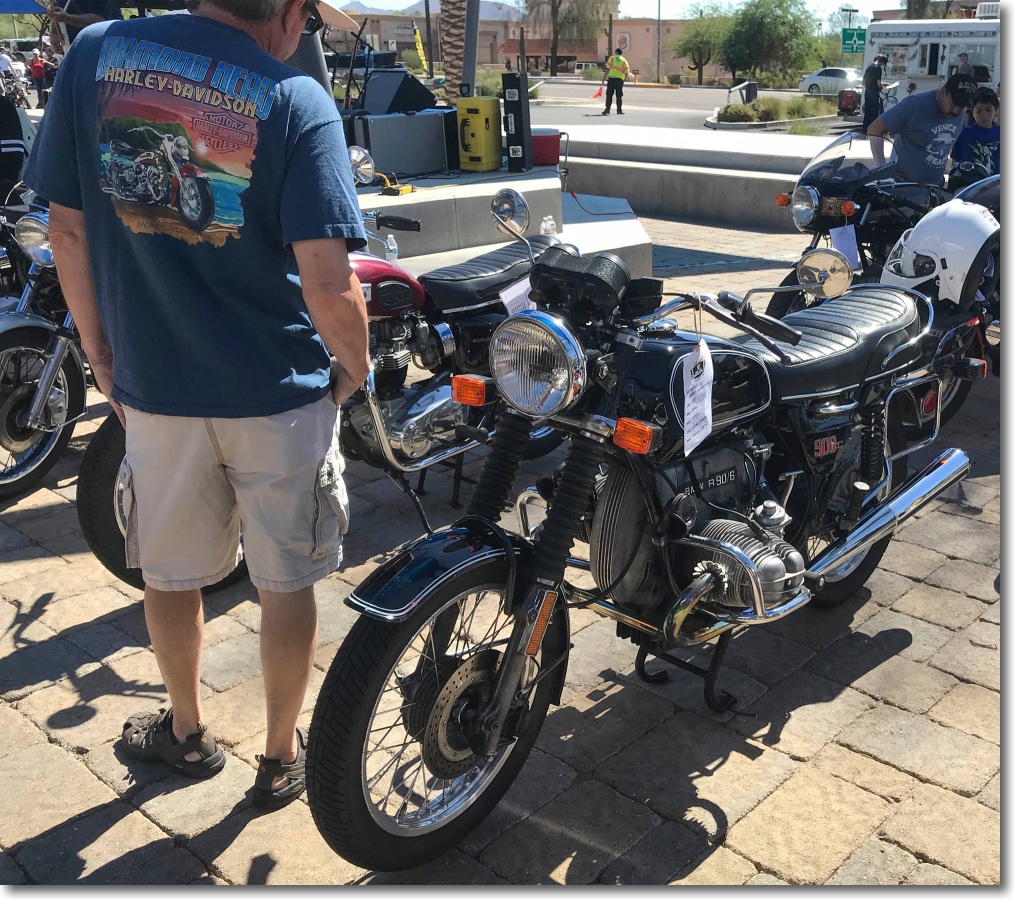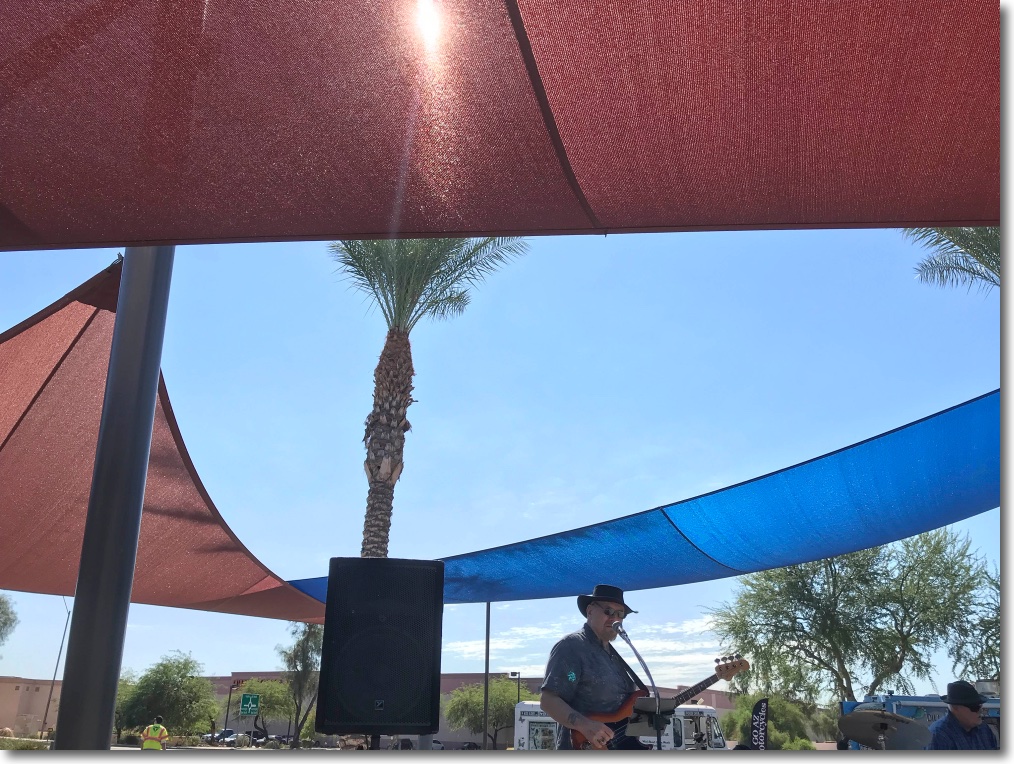Architectural unity in a fine setting.
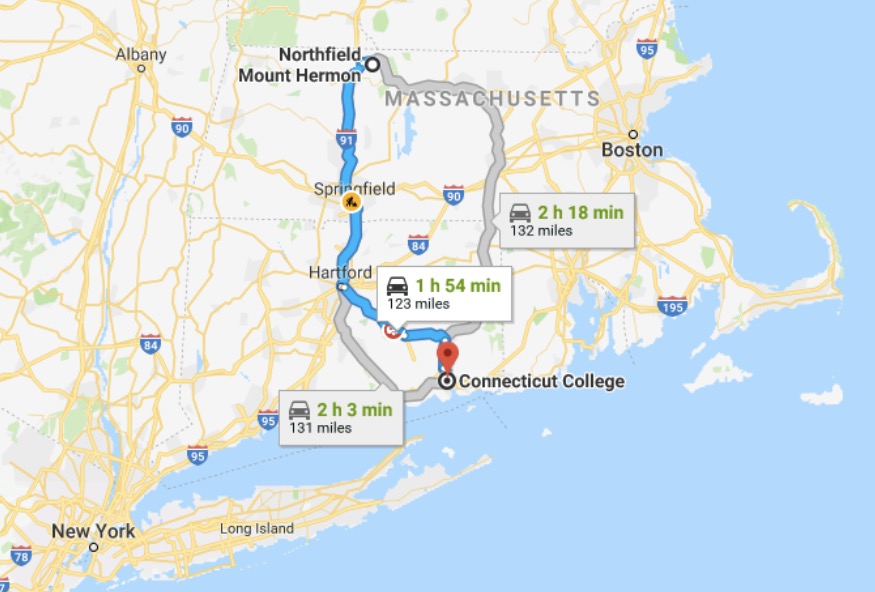
Connecticut College is close to Boston and New York.
For an alphabetical index of the New England College series of pieces, click here.
When Wesleyan University decided to ban women (!) from its campus in 1909, the business opportunity was not lost on Connecticut College, some 40 minutes east in Connecticut which opened its doors in 1911, to women only. It’s now co-ed, as is Wesleyan and educates just 1800 undergraduate students, with its strengths being chemistry, biology, medicine and economics. Many graduates go on to NYU to take a masters in business.
As I was at my son’s school in central Massachusetts for Fall Family Days, we made the pilgrimage to Connecticut College some 120 miles and 2 hours south during the long weekend. While Winston is increasingly focused on an urban or city setting for college after four years in remote Northfield Mount Hermon in the Berkshires, CC’s setting near the small, tired working class town of New London does not disqualify it, as excellent rail services see to it that both New York and Boston are some 90 minutes distant.
The architecture, with Connecticut River granite used throughout, is quite splendid here with only two modern design eyesores – the Library and Arts buildings. The stone used, however, is the same. In this regard the campus is very reminiscent of far more remote Middlebury, with CC distinguished by a quite splendid selection of modern sculptures dotted throughout the compact and beautifully ordered grounds, resplendent with not one but two perfect soccer pitches. Further, even the old buildings see their infrastructure modernized and the overall effect is much of a muchness. Lovely.
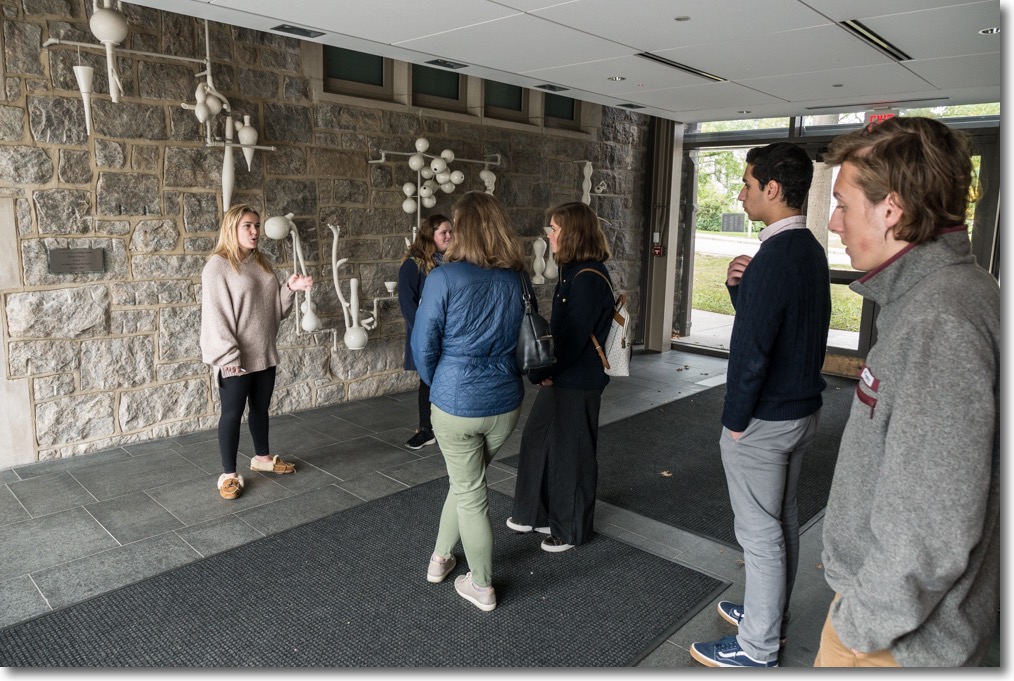
Our charming guide Shelby, a sophomore, briefs the tour group on a crisp autumn day.
Winston at right, sporting NMH apparel.
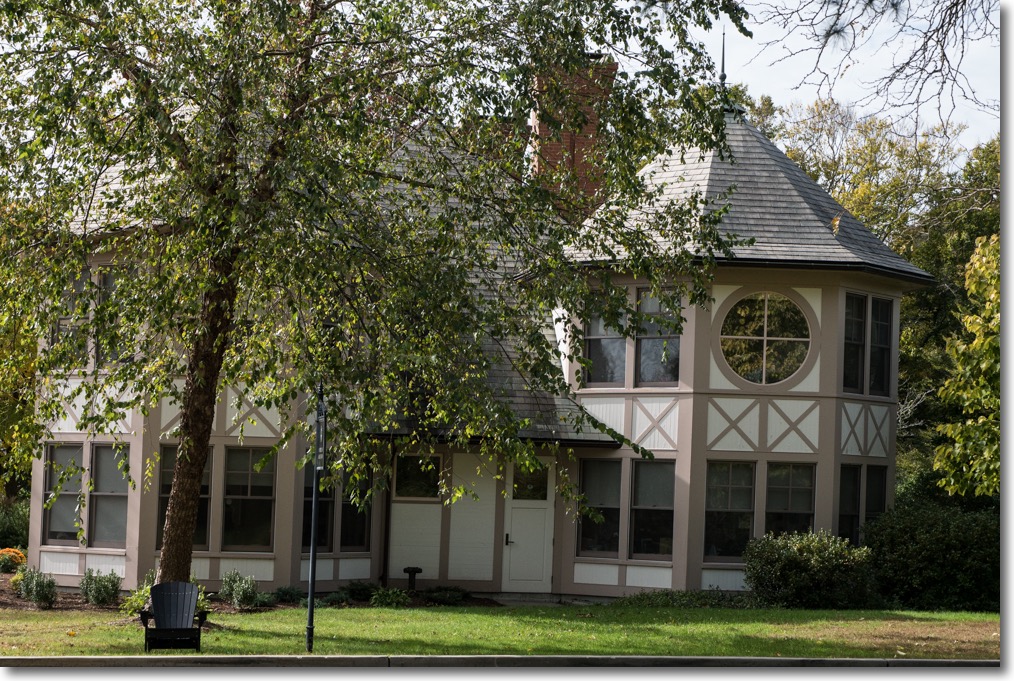
The gingerbread admissions building. It matches nothing but is quite charming.
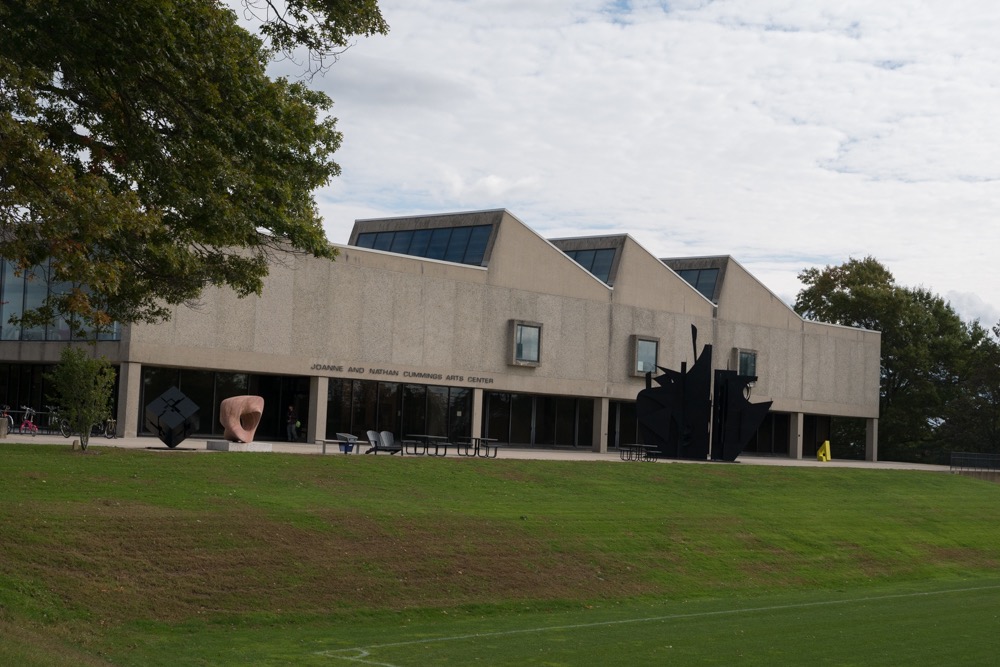
The Arts building. Oh! dear.
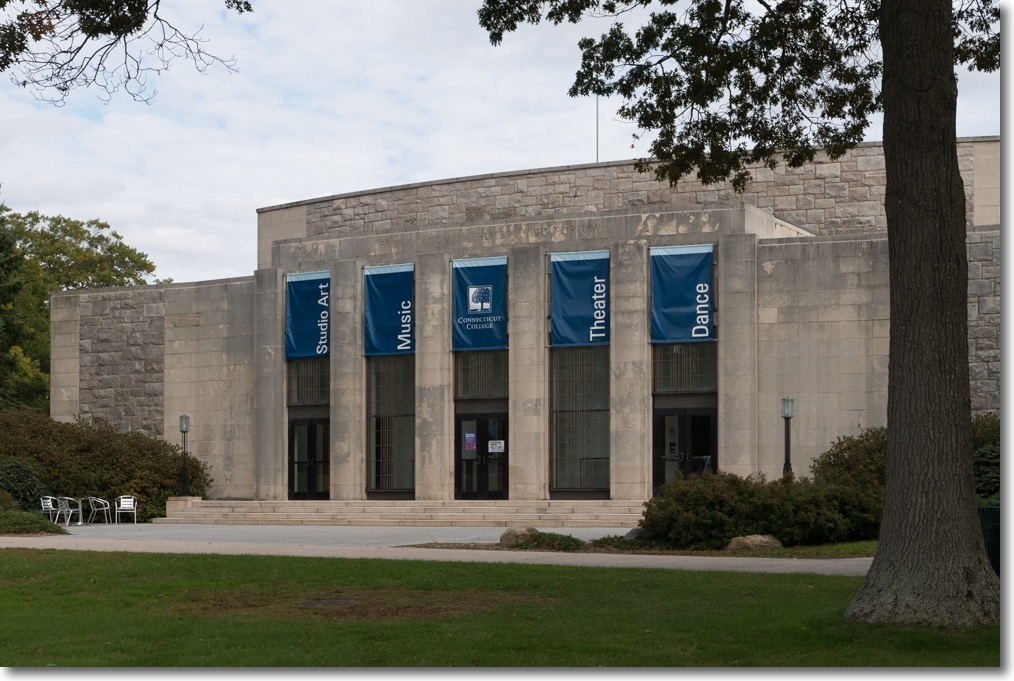
A hint of Brutalism in the performing arts building, but not too bad.
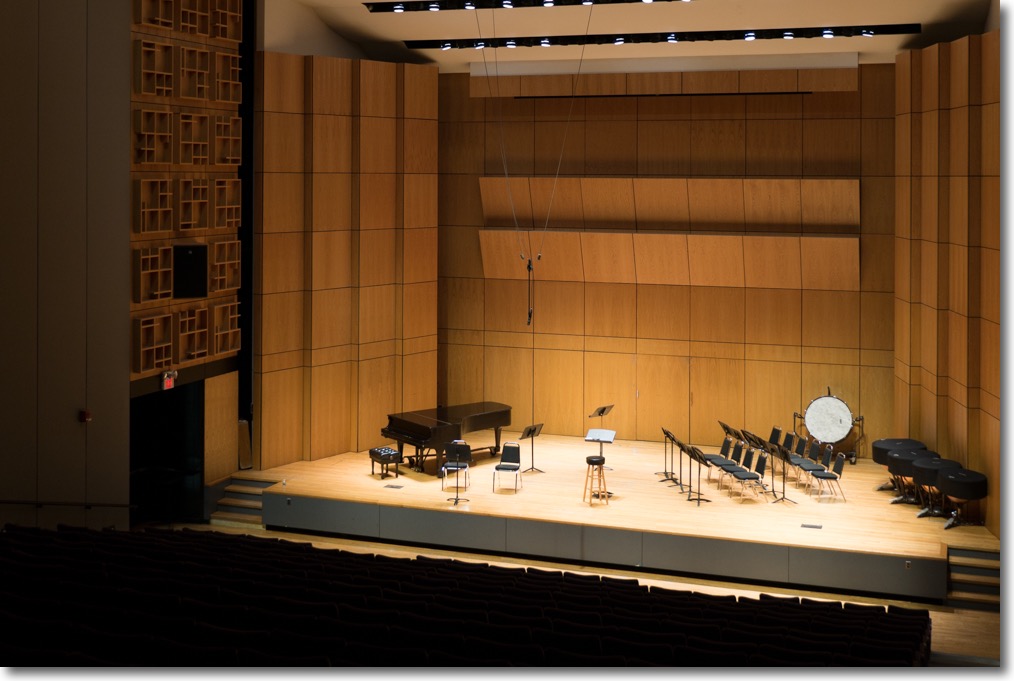
The concert hall inside the performing arts building.
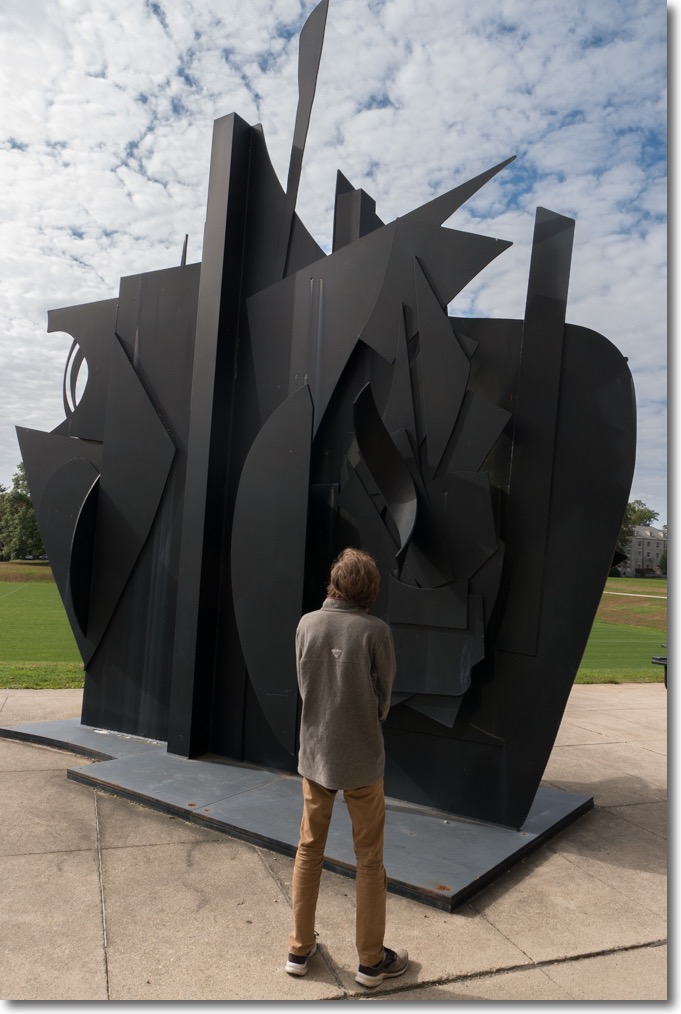
Winston in front of Louise Nevelson’s magnificent Untitled piece, 1976-86.
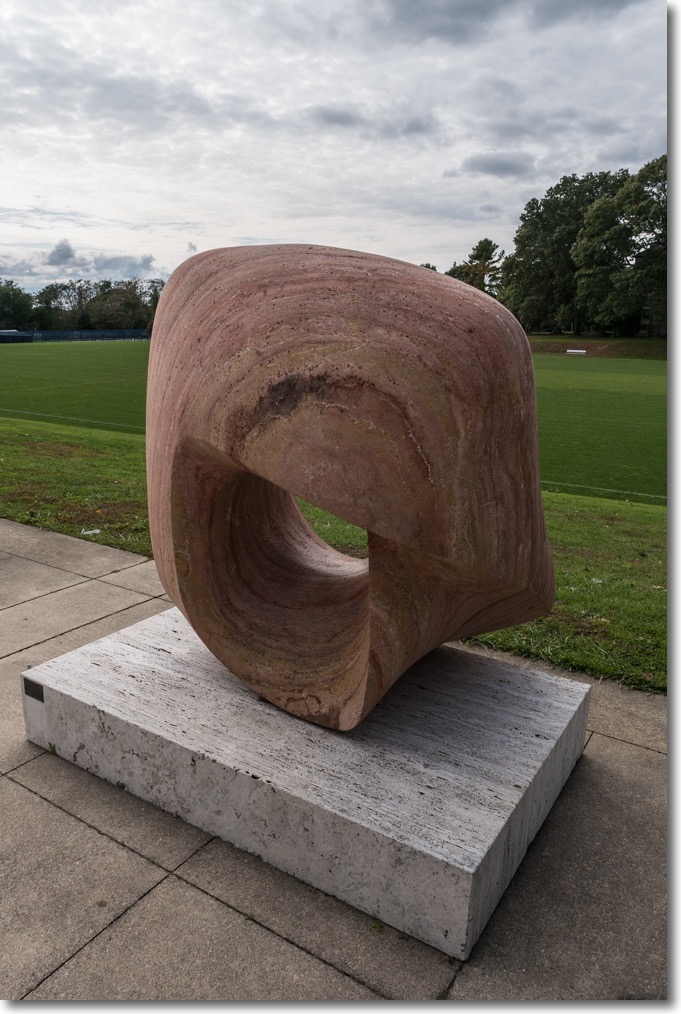
Antoine Poncet’s Sensoraya, 1969.
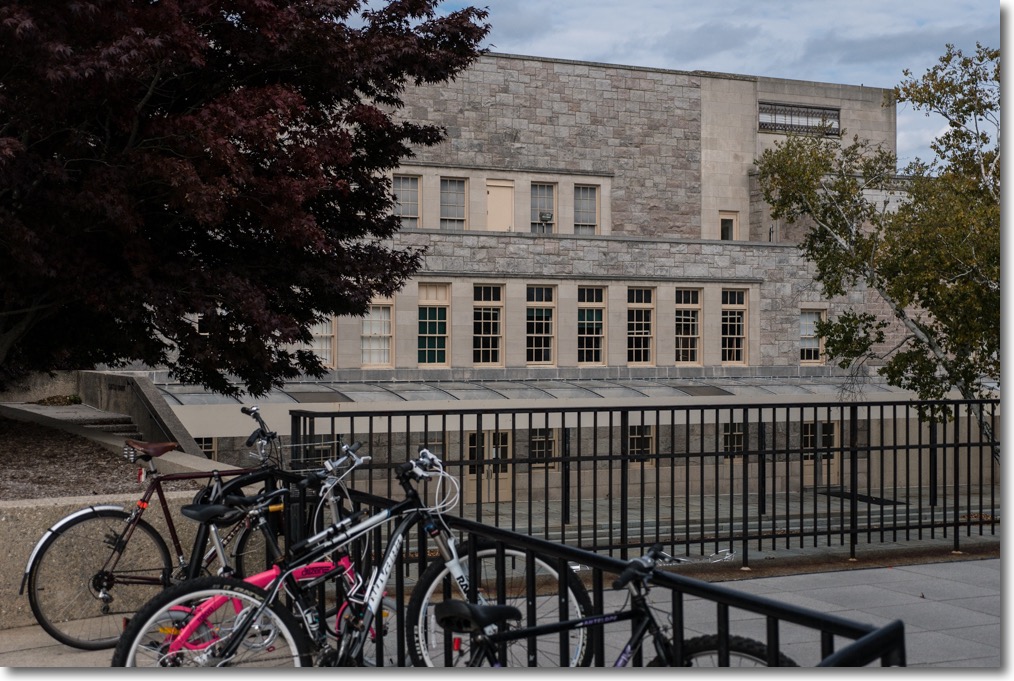
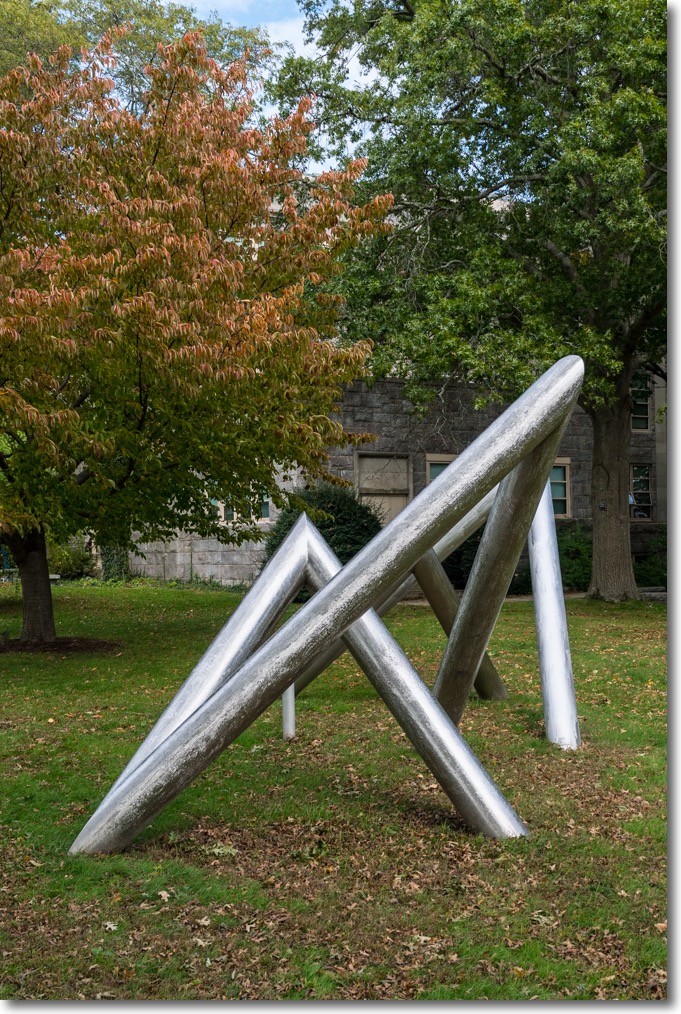
Sasson Soffer’s Northern Memory & Southern Memory, 1986.
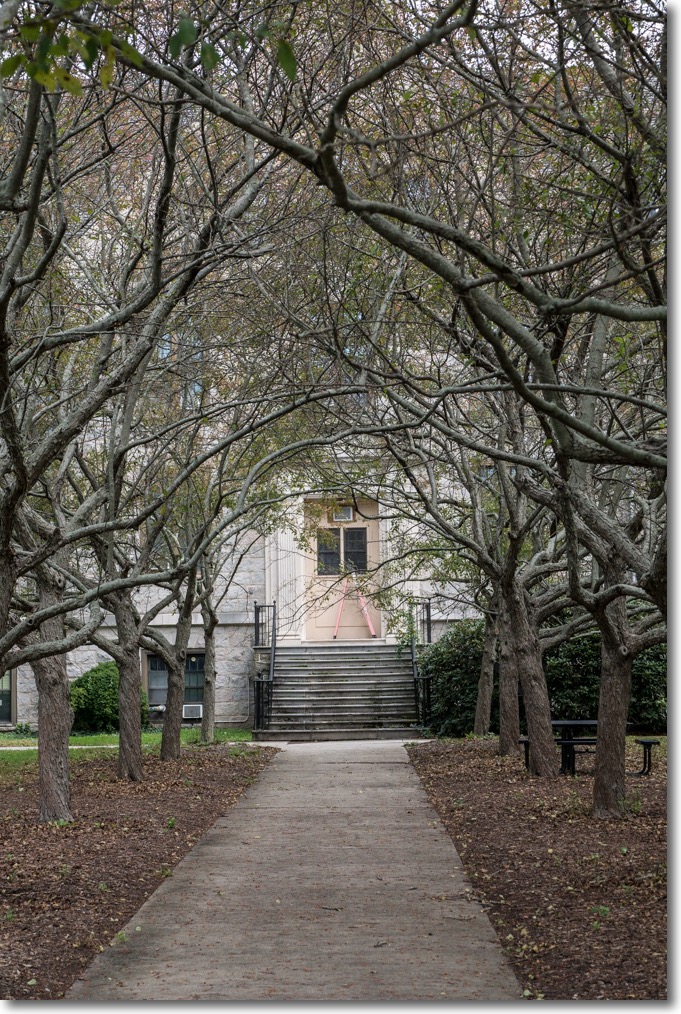
It may only be late October but the leaves are all gone here.
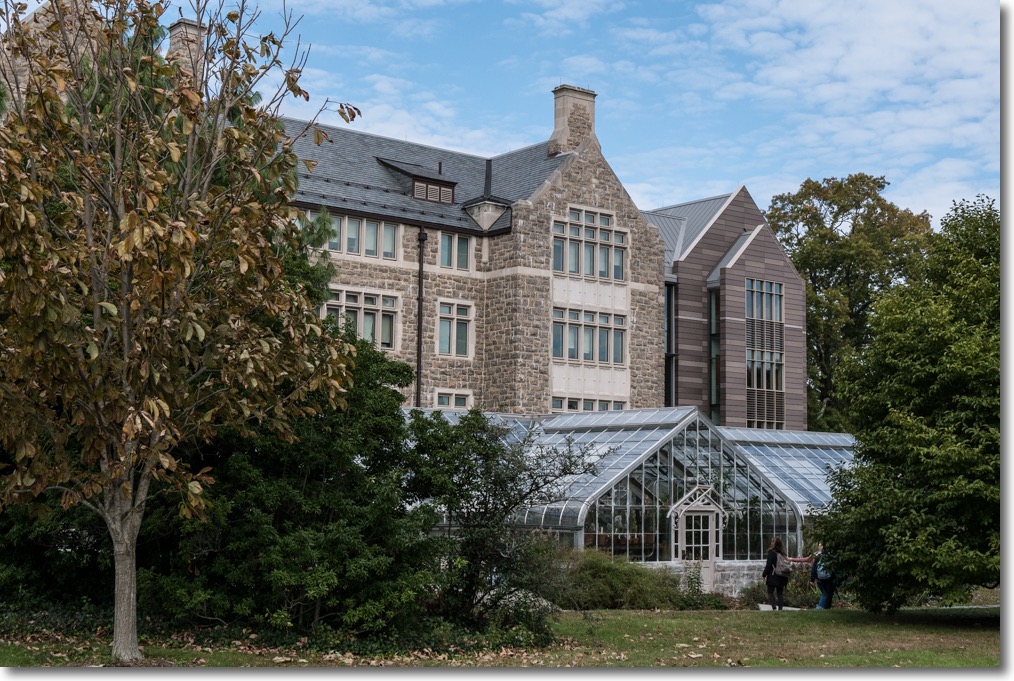
Professional greenhouse.
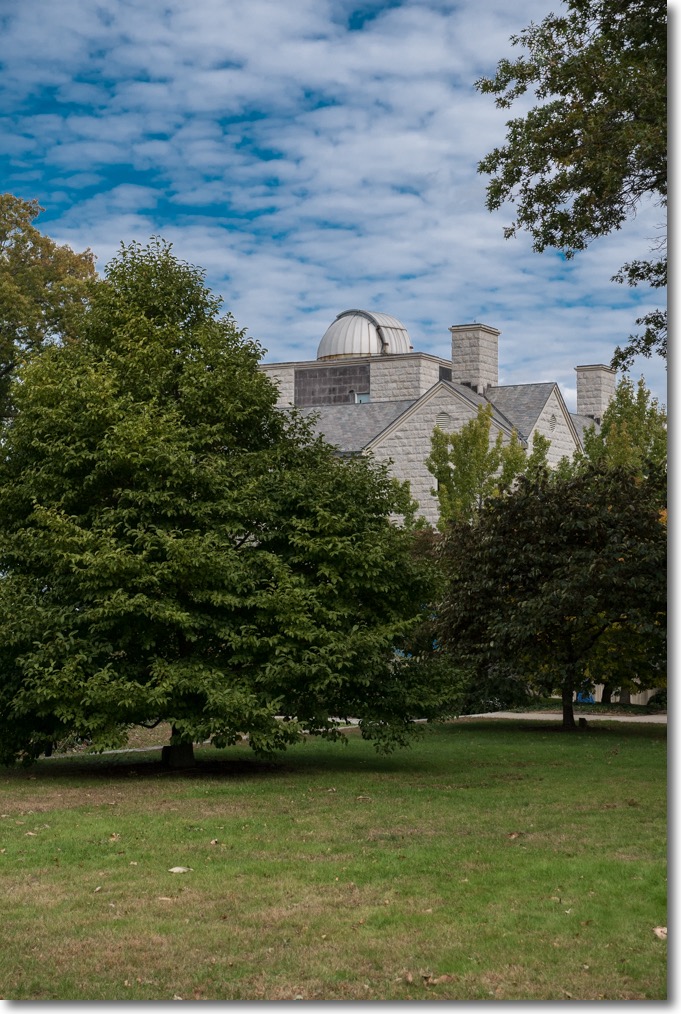
Following Wesleyan’s lead, CC includes an observatory.
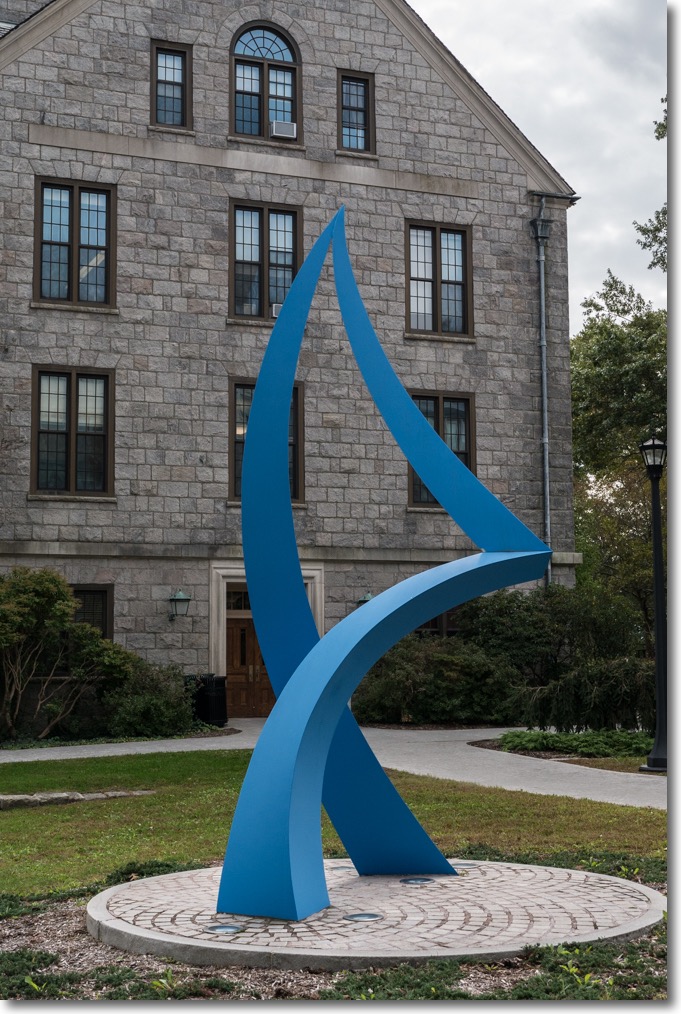
Synergy. Francis G. Pratt, 1994

William McCloy’s whimsically named ‘The Dangers and Pleasures of Co-Education’, 1968
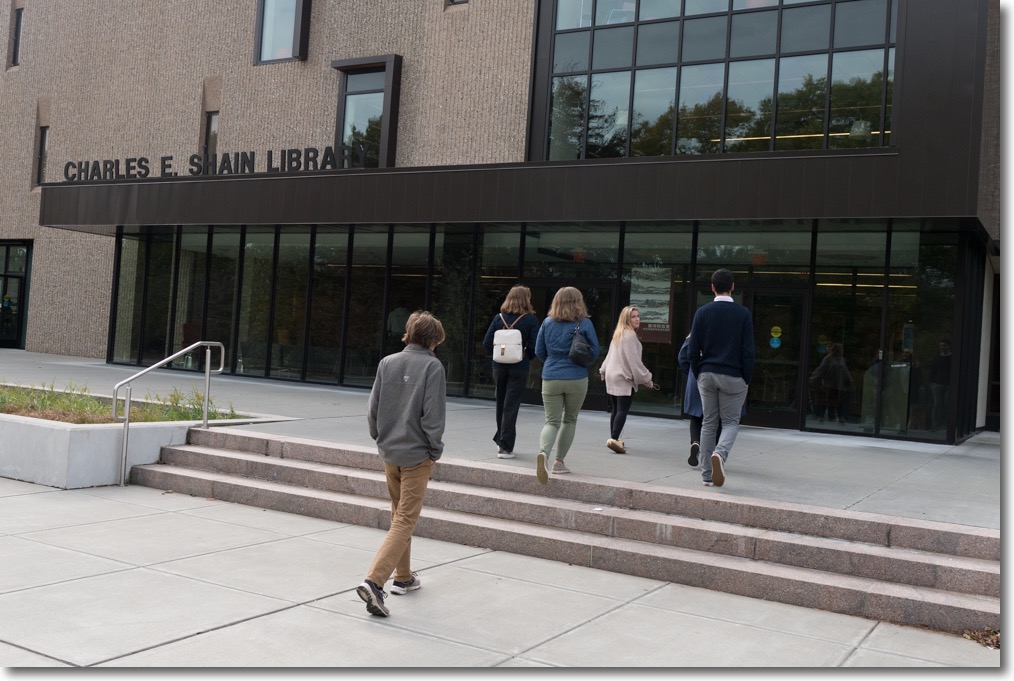
While the Shain Library’s exterior has a face only a mother could love,
the four stories of books, including a lovely oriental quiet
space, are really something.
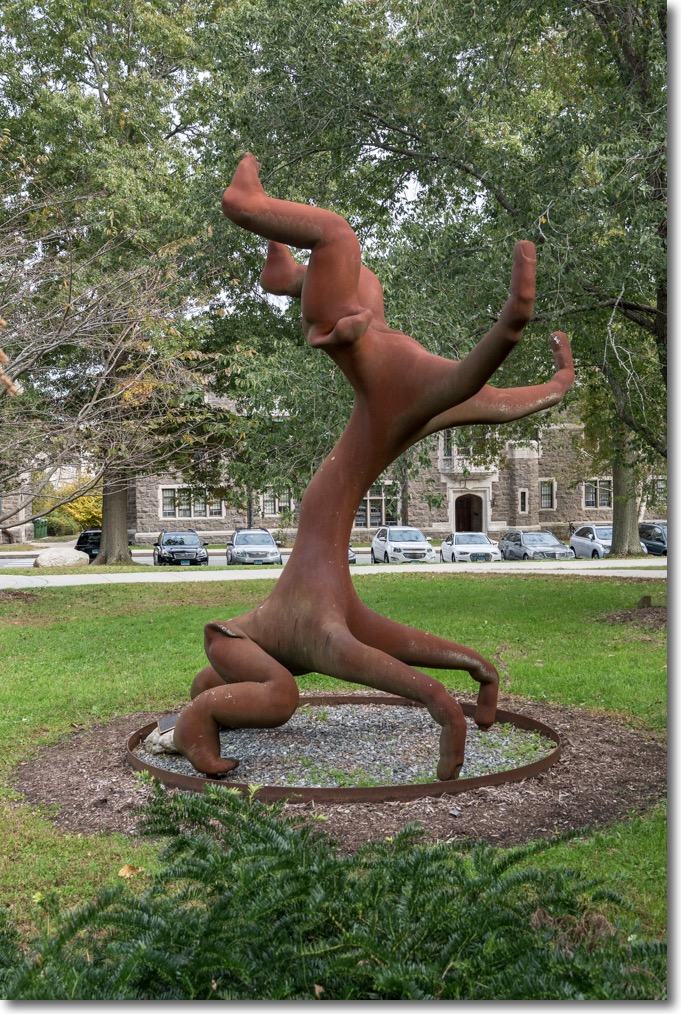
Putto 4 over 4, v2, by Michael Rees, 2006. A most dynamic piece.
CC alumni include Joan Rivers, Judge Kimba Wood, Susan Saint James, Estelle Parsons and Nan Kempner.
Panny GX7, 12-35mm pro zoom.
